Researcher wins grant to unravel enigmas of aging
Understanding how aging cells slow down their cell cycle, lose their ability to divide and end up becoming senescent is the main objective of the research that Ana Rita Araújo is developing in the “Ageing and Aneuploidy” group, led by Elsa Logarinho. And it was with this work that she won a “Scientific Exchange Grant”, awarded by the European Molecular Biology Organization (EMBO) to carry out experimental work in the area of aging at the prestigious European Research Institute for the Biology of Aging (ERIBA), in Groningen, in the Netherlands.
The main objective of this project, explains Ana Rita Araújo, “is to understand how aging is established at a molecular level, which is an enigma until now”. She adds that recently “microscopy techniques were established in our laboratory that made it possible to reveal that the cell cycle in aged cells takes longer due to the increase in the time that cells remain in all phases of the cell cycle, and not just in one particular phase”.
The increase in cell cycle time also occurs during embryonic development. In the first divisions of embryos, when the cells are at a pluripotent stage, they are very fast, because their main objective is to grow in terms of quantity, but then, the researcher specifies “when the differentiation process begins, the cells that constitute the embryo increase the time they remain in the cell cycle, since at that moment the most important thing is to maintain cellular integrity”.
This evidence, highlights Ana Rita Araújo, “supports the idea that the cell cycle may reorganize twice during our life, that is, there are two moments in the life of a living being in which the phases of the cell cycle become more long: when embryonic cells begin to differentiate and, later, when cells begin the aging process”.
In order to try to understand how the cell cycle machinery reorganizes itself and manages to orchestrate such distinct cell cycles, Ana Rita Araújo competed for EMBO with a project that aims to identify differences in the gene expression of the main cell cycle regulators of young and of aged cells. “Unraveling this mystery is essential for us to discover the molecular signature of aging and open doors for research into new therapies and biomarkers that may be inherent to different diseases associated with aging, such as cancer and neurodegenerative diseases”.
With this scholarship, the researcher had the opportunity to work in the laboratory of researcher Floris Foijer, who specializes in cell cycle and RNA sequencing in individual cells, possessing a vast set of automated and well-established analysis techniques and methods that, underlines Ana Rita Araújo, “will allow us to answer many of the questions that exist at the moment, as well as raise new questions for future projects”. For the researcher, who intends to combine her scientific career with her medical career, this exchange of knowledge fostered a partnership between the two groups, which “will be very important for the consolidation of this line of research whose main objective is to promote, improve and increase the healthy aging time”.

